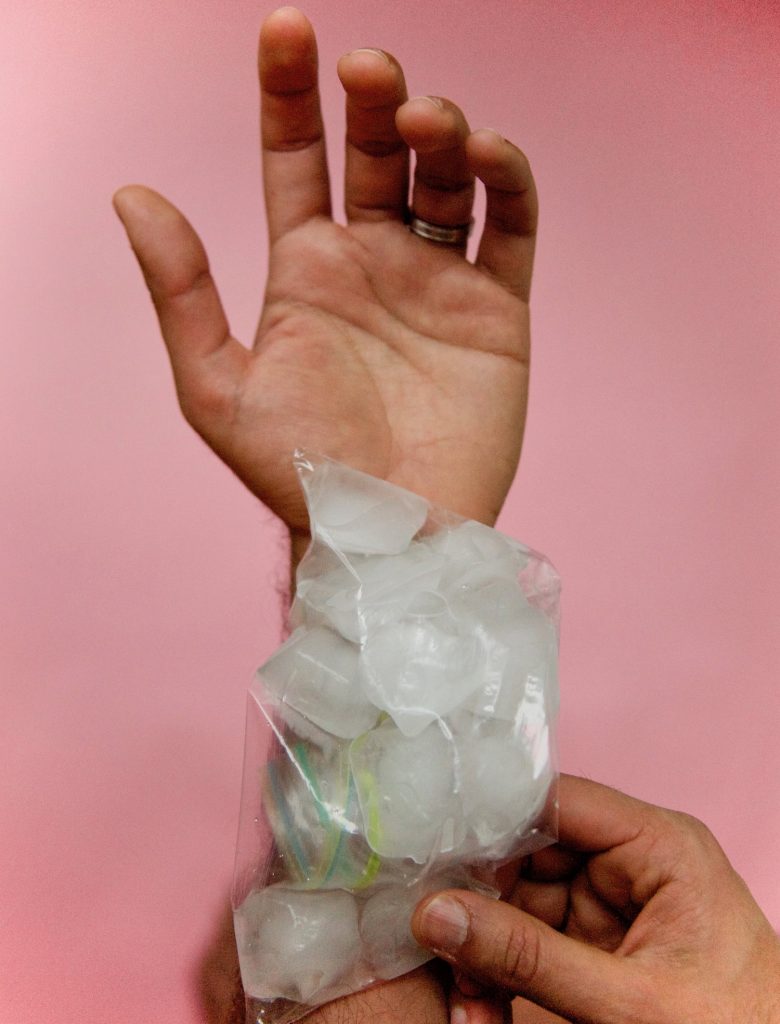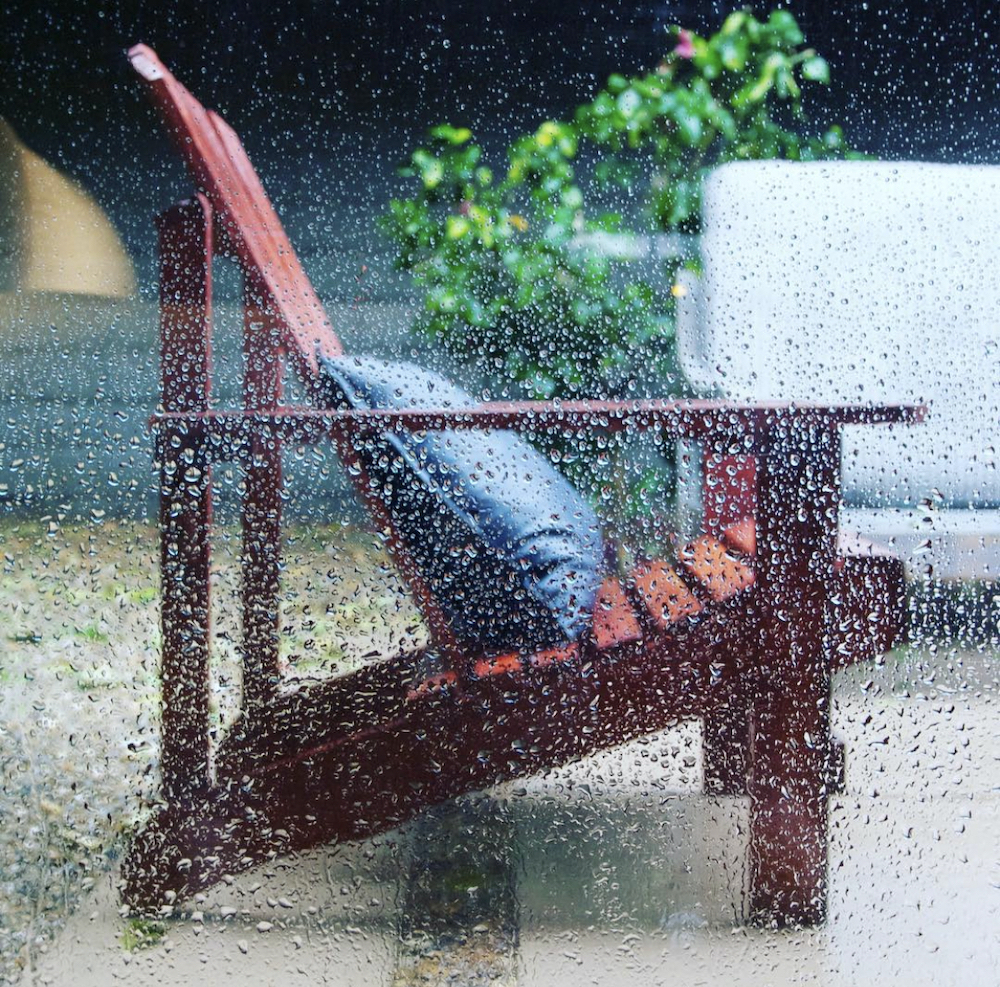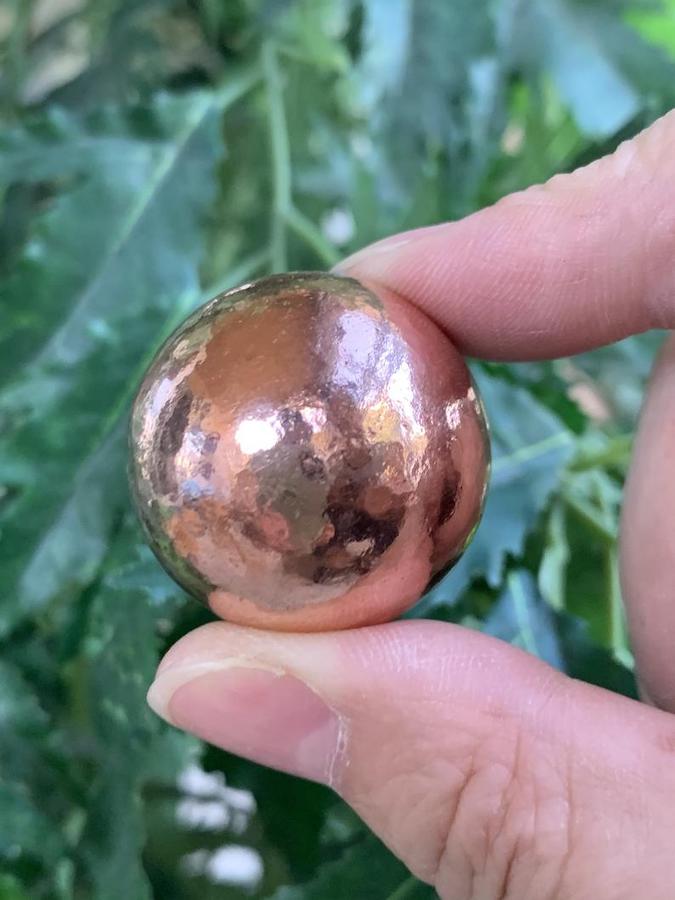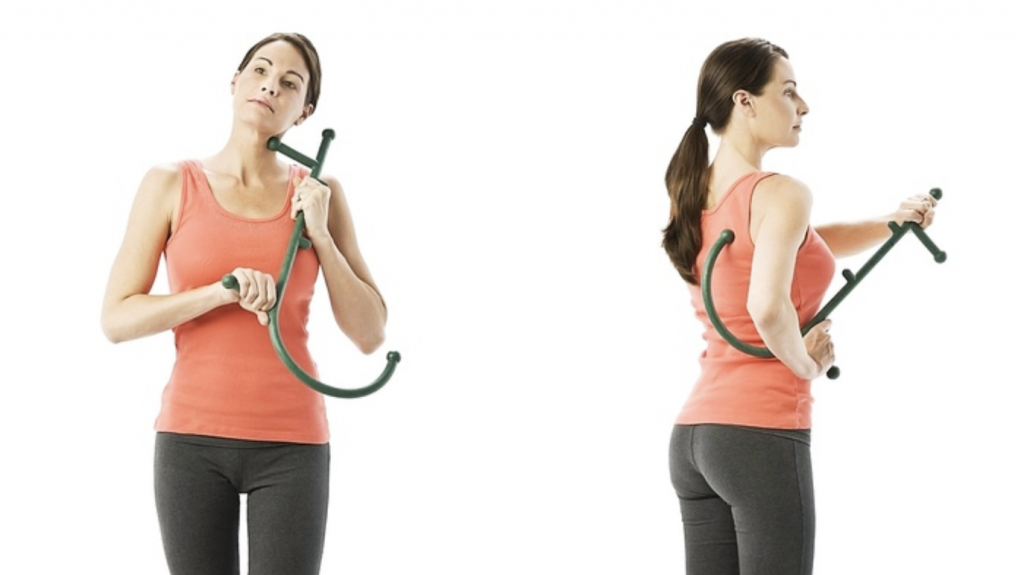Whether you’re in need of some serious stress relief or you’re worried about the state of the world, the below anxiety hacks are not just helpful, but they’re also practical. For a longer, more detailed version of our favorite hacks for functional anxiety relief (including more extensive links to peer-reviewed scientific research,) please consult our Comprehensive Anxiety Toolkit: 25 Research-Backed Practices for Meaningful Anxiety Relief.
If you’re feeling alone or sad within this moment, you may also get value from this quick rundown of 5 Essential Hacks for Easing Depression Symptoms. Living with anxiety and/or depression can be a full-time job, and it takes active work.
Fortunately, many of the tricks detailed on this list can help. Each function as a quick way to get your mind out of a spiral so that you can actually get some relief in the moment. (That being said, if you’ve come here because you are experiencing a Panic Attack, please read this.)
Below, we spotlight 10 useful anxiety hacks every nervous person should know. And FWIW: anxiety is much more common than you might think. We all need a little help from time to time.
Fortunately, the latest research shows that these ideas and practices can ease the burden, no matter who you are and what you worry about.
Read on for an up-to-date rundown of the most accessible and helpful resources we know of at the moment.
Cheers to your resilience!
***

1. The Ice Trick
As we previously wrote in our Comprehensive Anxiety Toolkit, putting ice on your wrists during bouts of anxiety or panic can slow down your thoughts, which in turn helps relieve anxiety.
Apparently, the same nerve endings that control the part of our brains responsible for anxious thoughts also terminate in the wrists. When you “cool” the blood flow to these areas by doing this anxiety hack, you literally “slow down” racing thoughts.
(This makes sense, experts suggest, because many people also feel warm when anxious. This is a function of increased heart rate shunting blood flow to the extremities.)
The goal here is to ice your wrists for about 10 to 15 minutes while breathing slowly and deeply.
It helps to talk to a friend or family member at this time. If you are home alone, consider walking around or listening to calming music while icing your wrists. The movement + soothing ambient sounds will restore a sense of agency and give your mind yet another set of distractions to manage.
This is helpful because, when your thoughts are spiraling in a negative way, anything you can do to get yourself out of your own head can help relieve the emotional impact of panicked thoughts.
Fortunately, the ice trick also gives you a physical, biological means to literally slow down your thoughts.
2. Doing Somatic Nervous System Work
You probably already know that anxiety is not really something that you can “hack”– it’s a protective evolutionary trait that we can simply learn to navigate with more ease. Understanding the root of anxiety and how your nervous system works in your body (also called somatic work) is an essential part of that healing process.
I did Cognitive Behavioral Therapy (CBT) for years before I shifted to working with a therapist trained in somatics and discovered the profound impact that somatic nervous system healing can have on the body. Learning this modality is, in many cases, an essential and empowering part of healing that can help anyone gracefully navigate and mitigate anxious experiences.
Above, somatic practitioner Sarah Baldwin joins the Mark Groves Podcast to discuss how the nervous system impacts every aspect of our lives, and why understanding it is an essential part of any healing journey.
^ This is, in my experience, an essential listen that can bring greater understanding and ease to the condition of living with anxiety.
Listen to the full conversation above, via YouTube.

3. Peeling An Orange
One of my favorite therapy hacks for anxiety involves peeling an orange. Extensive aromatherapy research shows that the smell of citrus has a calming effect on the body— while other research shows that performing small tasks with your hands can also help relieve restless feelings of anxiety and/or stress.
Ultimately, peeling an orange does both: you get the calming benefits of aromatherapy through the scent of the orange, and it also gives you something to do with your hands.
We wrote more extensively about “the orange hack” in our article on The Wild World of Citrus Aromatherapy: Why The Smell of Citrus Can Induce a Feeling of Calm. Feel free to give that a read if you want more info or insight on useful citrus essential oils (and how you can use them to deal with other negative feelings like grief and anger, as well).

4. The Power of Lavender Oil
We cannot emphasize this enough: aromatherapy works, and it’s significantly less invasive than taking medicine. If you think that sounds a little esoteric, the U.S. National Library of Medicine documents that scents like lavender have a positive effect on physical, mental, and spiritual wellbeing. This anxiety hack is easy enough, so why not try it?
Because smell is the biggest trigger of memory– including bad memories– it’s important to surround yourself with uplifting scents that signal happiness and calm. Keep in mind that smell is a very specific preference, so lavender might not work for you. For others, however, a simple whiff of organic lavender essential oil will do the trick, helping release tension after a long day at work, for example.
I often recommend that nervous flyers keep a bottle of lavender essential oil in their carry-on bag, to smell during turbulence or other moments of fear. Consciously taking the time to inhale naturally slows your breathing, which in turn calms the adrenal system. This ultimately slows the release of stress hormones like cortisol, which have other negative health impacts.
If you’re just feeling anxious at home, you can do the same thing. Take 3-5 slow, deep breathes inhaling the scent from the bottle or a lavender sachet. You can also try washing your clothes or bedding with lavender-scented laundry detergent, or using an essential oil diffuser in the house.
Periodically, I make this DIY lavender body butter to use when I get out of the shower. (<— It’s a nice ritual and great for itchy skin!)

5. Convert Fear To Excitement (Sounds Strange, But Works With Practice)
Whenever you’re physically afraid or mentally nervous about something (like a flight or a presentation), try using a bit of reverse psychology. Instead of trying to shut down your fear, pretend like it’s excitement instead.
Put on music and dance around, pump your fists up and down in the air, as if excited at a sports event. Try shadow boxing or running a quick loop or two around the yard. Basically, do anything that temporarily gets your heart rate up.
In her book, The Art of Fear: Why Conquering Fear Won’t Work and What to Do Instead, Kristen Ulmer (former extreme skier) explores this idea. Essentially, her research suggests that your body doesn’t know the difference between adrenaline from anxiety and adrenaline from, say, going on a roller coaster. When you raise your heart rate or do the same things that you might do if you are really, really excited, your body “burns off” this nervous energy.
When I’m feeling anxious on a flight, a put on my headphones inside the bathroom and dance effusively in front of the mirror to a song that gets me pumped up– usually sports anthems or something by Beyoncé. It works every time.

6. Try The Step Breath or Box Breathing (The Ultimate Anxiety Hack)
The Step Breath is the ultimate anxiety hack, often proscribed by therapists for moments when you’re really spiraling, like a panic attack. It goes like this:
- Inhale 7 times, taking small “sips” of air each time, and counting to 7 (one number for each breath). Make sure to breathe deep into your low belly, rather than puffing up your chest. Then, hold your breath for 4 seconds. Finally, slowly exhale for 8 seconds, counting it out in your mind as you exhale (“8…7…6…5…4…3…2…1”).
Repeat this breathing pattern as many times as necessary to really stay present. Like meditation, it helps you to stay present by encouraging you to focus on your breath.
Box breathing, on the other hand, is another therapist-designed anxiety hack that one therapist I know said: “is the single most important coping skill for anxiety (in my opinion)”. It goes like this:
- Inhale for a count of 4. Hold your breath in for a count of 4. Exhale for a count of 4. Finally, hold your breath out for a count of 4.
4 by 4 by 4 by 4 = a perfect square. It’s easy to remember this way. Try this whenever you’re feeling anxious.

7. Ask a “1-for-1” Question
Many therapists I’ve interviewed swear by this trick. Every time you think of a worst-case scenario, you must immediately think about the best-case scenario, as well. For example, if your fear is: “What if I bomb the presentation and lose my job?”, you should follow it with the thought, “What if it’s the best presentation my colleagues have ever seen?”
Or, “What if my baby isn’t born healthy?” you should swap it for the thought, “What if my baby is perfectly healthy and everything is great?” And on and on. This “1-for-1” technique works with all fears, no matter how abstract. For example, if you’re worried about something more existential, like “What if I’m a fraud?” you can ask yourself “What if I’m great at what I do?”
Consciously working to counteract negative thoughts with positive thoughts is important because our minds tend to fixate on worst-case scenarios. (Even when they are statistically unlikely to happen!)
By constantly reminding ourselves– nay, insisting— that we imagine the opposite positive outcome we’ve imagined, we rebalance our perspective. If you practice this, then over time you’ll start doing it naturally. Eventually, you’ll evolve into a more balanced and positive view of your life.
Much of our anxiety, moreover, is rooted in negative thoughts because our brains are trained to focus on negative outcomes. That part, for better or worse, is built into our biology. In situations that are actually dangerous, this keeps us safe. However, it is more often the case with anxiety that you are focused on a fear that isn’t real.
When you practice focusing on positive outcomes, you give yourself fewer opportunities to perseverate on negative thoughts. And you don’t necessarily have to believe the positive things you are thinking, either. You just have to imagine them and contemplate what they would feel like.
Fake it ’til you make it, as they say.

8. Cashews Are Clutch, and Bananas Are Better
There used to be an Internet rumor that eating a fistful of cashews is as calming as that Prozac. This is an exaggeration, but the core thesis is true. Foods that are rich in Omega-3 fatty acids and tryptophan, like cashews, have a calming effect on the body.
This is because Omega-3 fatty acids and tryptophan trigger the production of serotonin and other “feel good” neurotransmitters that soothe the nervous system.
Eating bananas can also help induce a feeling of calm, as well, because they are rich in magnesium and complex carbohydrates. (These increase the production of serotonin, also.) Other studies also show that eating two bananas can reduce nerves because they actually “prevent adrenaline from binding to beta receptors” when your pulse rises. Additionally, bananas are also rich in B vitamins, which soothe nerves, as well.
For all of these reasons and more, bananas are often proscribed as a good go-to breakfast item for people suffering from both anxiety and Seasonal Affective Disorder. Plus, they are gentle on the stomach and easy to digest. This is ideal for people who feel physically sick when they’re anxious.

9. Taking A Hot Shower
It is biologically pretty difficult to have a panic attack in the shower, since your muscles relax and breathing slows with the heat and humidity generated by hot water. This anxiety hack is pretty intuitive, but allow me to explain further:
The simple act of showering also induces a similar physiological effect as going into a different room and changing your environment, which can positively impact mood during periods of overwhelm. (Again, this has to do with removing potential triggers and associations with the area in which your worry started. It also exposes you to new stimuli, which the brain needs time to process.
Thus, the simple act of seeing the bathroom, smelling soap, washing your body, and feeling the water on your skin diverts attention and energy away from anxious thoughts. A cold shower can also shock you out of the doldrums in a good way. (The brain is an expert multitasker, but it’s also easily distracted. This is a good thing!)
Plus, taking a shower physically releases tension from our muscles, which in turn can calm the mind. When you are more physically comfortable, it’s easier to flourish mentally. Stay warm, cool, and cozy whenever you can.

10. Holding A Copper Ball
This sounds a little woo-woo, but it works for many people. Because of its natural conductivity, copper is a very “grounding” earth material, which purports to lower body inflammation and bring a sense of calm and wellbeing.
^ I used to roll my eyes at any suggestion of the healing properties of metal/electricity for the same reason I scoffed at homeopathy: because I was incredulous. I didn’t think there was any scientifically credible evidence that it works.
However, the “grounding” research that I link to above is credible. As it turns out, grounding is important to both healing and overall wellbeing. There’s also some evidence that holding on to a small “lucky” trinket in moments of unease can help install a sense of control (even if the benefits are just placebo).
So, the idea here is that you simply hold on to a copper ball with your bare hands (ensuring direct skin contact) for about 15 minutes. Do this while breathing deeply. It’s easy because you can do it passively, like while watching a movie or talking to a friend. No one even has to know what you’re doing.
This way, you’ll get the benefits of “grounding” and also an added feeling of control (or placebo-luck) without too much effort. This practice also boosts a sense of self-efficacy, which can in turn help you feel better.
I bought my copper ball at Spellbound Sky in Los Angeles, but Etsy has a number of excellent, cheap options for around $15 each. You just need to make sure that what you buy is 100% copper, not just coated in copper. This one should do the trick.

11. When in Doubt, Roll it Out (Your Neck, That Is.)
Use a massage ball, a TheraCane, a handheld massager, a trigger point massager, or a foam roller to roll out any tension in your neck and shoulders. When we’re tight in our neck, shoulders, and chest, we tend to breathe more shallowly. This can induce feelings of panic and stress more easily as breathing accelerates.
It’s as simple as that. You want to be taking high-quality, deep breaths as you move about your day. It helps to regularly stretch in order to counteract time spent sitting or hunched over your phone.
Check in with your body and if you’re feeling tense, try these 5 Easy Desk Stretches for Relieving Neck and Shoulder Tension. (<— These stretches are recommended by Chiropractors and Osteopaths. No equipment required!)
***
Preventative Measures for Next Time
A daily practice of meditation can help train your brain to cope with anxiety more effectively in the future. Try downloading a free meditation app or listening to a guided meditation on YouTube.
-
Taking Stock of Your Triggers
The moments after you overcome feelings of anxiety are also the best teaching opportunities. Once you feel like you’ve “come out of it”, try to evaluate what made you anxious in the first place.
Did you see something triggering on the news? Did your boss or someone you love say something threatening? What did you eat? Which medications have you been taking? What were you watching on TV? What were you doing at the time your anxiety started? Was there anything out of the ordinary that might have triggered your anxiety?
Getting to know yourself and your triggers is an essential part of learning to cope with anxiety. Taking stock of what happened will help you be better prepared to take action next time. Perhaps you might need to skip the news tonight, avoid caffeine or alcohol for a little while, or bring a friend with you the next time you have to, for example, get important test results from your doctor.
-
Remembering How Capable You Are
Anything you can do to anticipate when you might feel anxious can help you feel more prepared next time. But ultimately, you already are prepared. Most of us are far more resilient than we give ourselves credit for.
The above anxiety hacks are recommended by researchers, therapists, and industry professionals– but ultimately, each of us has to individually discover what does and does not help us overcome our own feelings of anxiety. These anxiety hacks work, but there are also many other ways to cope.
And remember: one of the first things we forget when we feel anxious is how capable we are. You are strong. Your body and mind are resilient. And at the very least: all of us are biologically equipped to deal with stress, even at the cellular level. That’s a beautiful thing.
Ultimately, everything you need to feel better is already within you. That sense of inner calm and comfort that has always been there will always be there, patiently guiding you beneath the surface. Once you learn how to access it and cope with your own anxiety, you’ll begin to flourish, inside and out.
***
Related: Understanding “Self Care” vs. “Self Comfort” (And Why You Need Both).
5 Easy Depression Hacks That Can Ease a Case of The Doldrums.
Note: This article contains Amazon Affiliate and Etsy Affiliate links for easy shopping. (As an Amazon Affiliate and as an Etsy Affiliate, we may earn from qualifying purchases. This is why we work our butts off to personally test, vet, and research everything we write about.)

Leave a Reply